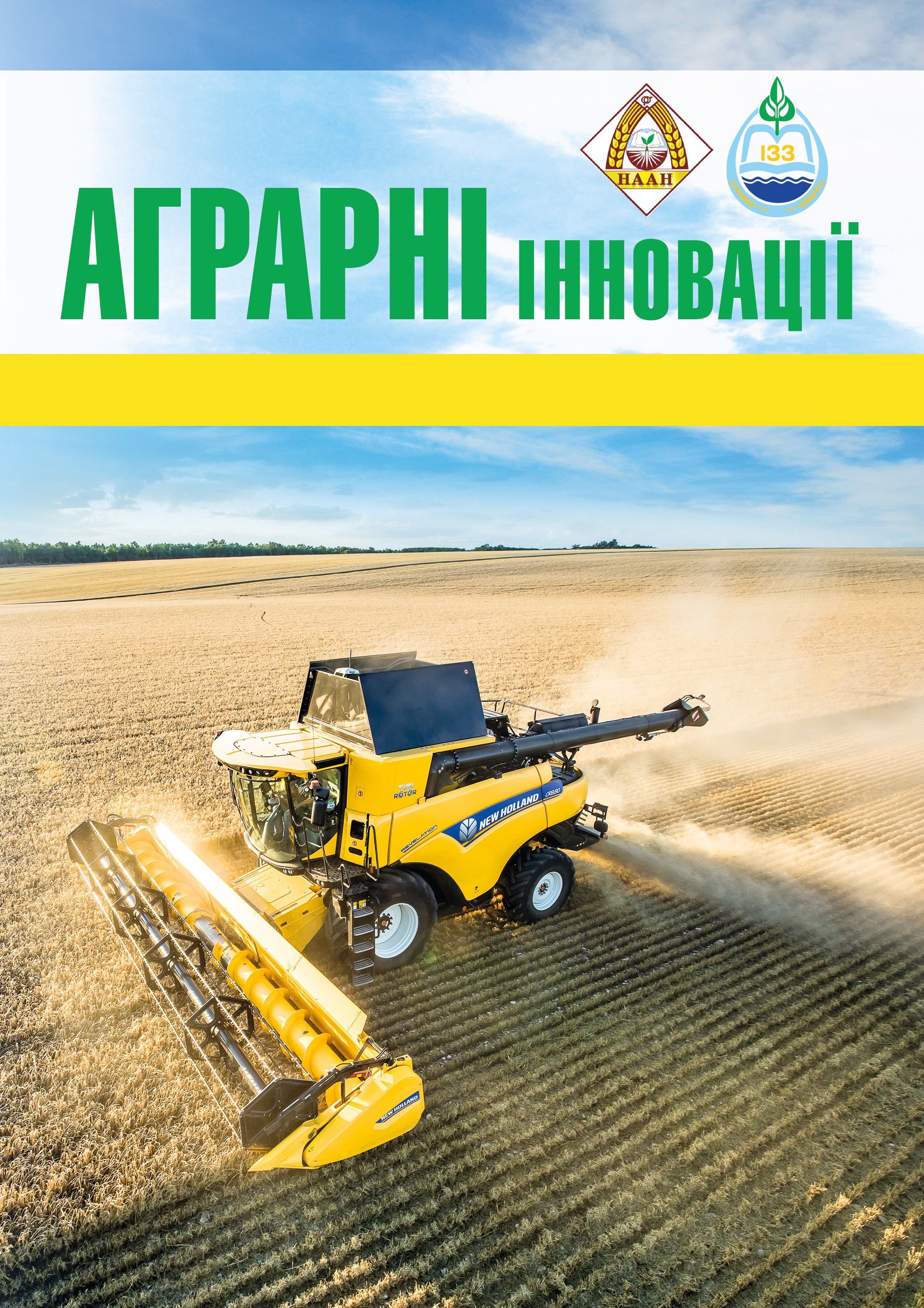Biological method of plant protection in modern organic agriculture of Ukraine: historical aspects, trends, prospects
Abstract
The biological method of protecting cultivated plants from pests and diseases is based on the use of predatory and parasitic insects (entomophagous), predatory mites (acariphages), nematodes, birds, mammals, and others. to suppress or reduce the number of pests (against pests of agricultural crops), and biological products based on the products of microorganisms (against pests and diseases of agricultural crops). This method of pest and disease control is characterized by the fact that it is completely safe for the environment and humans, and also has a number of advantages over the use of chemicals. Modern biological methods used to protect crops from pests are divided into the following: a) the use of food and pheromone baits; b) zoological method; c) the use of entomophagous; d) drugs based on the products of micro and macro-organisms. Using food baits, you can locate pests in a certain place where they will not be difficult to destroy. Another method of attraction is the use of traps with pheromones and attractants. This method of insect control is based on their ability to communicate with odorous substances secreted by special gonads. Zoological method – attracting small animals and birds that feed on pests, their eggs and larvae. Entomophagous are beneficial insects that feed on pests that are their natural enemies. The use of entomophagous plants in the cultivation of cultivated plants allows to ensure early detection of the pest, reduce the pesticide load and maintain the ecological purity of the crop. The use of organisms and products of their vital activity (or their synthetic analogues) to control the density of populations of insect pests, weeds and fungi that cause diseases of crops – the most convenient, operational and technological option of biological methods of agricultural protection. cultures. It is permissible to combine elements of biological protection with moderate use of synthetic pesticides at times when they are least dangerous to entomophages and do not show fungicidal action on the beneficial microflora.
References
2. Бурсела М. Сучасні агроекологічні і соціальні аспекти хімізації сільського господарства. Пропозиція. Київ, 1995. № 1–2. С. 17–18.
3. Дяченко М.П., Падій М.М., Шелестова В.С. Основи біологічного методу захисту рослин. Київ : Урожай, 1990. 268 с.
4. Ключенко В.В. Вплив мікробних препаратів на продуктивність та якість зерна пшениці озимої в агрокліматичних умовах Степового Криму. Екологія. Наукові праці. 2011. Вип. 140. Том 152. С. 33-36.
5. Домарацький Є.О., Домарацький О.О., Козлова О.П. Стимулятори росту та комбіновані препарати біологічного походження як невід’ємний елемент екологізації технології вирощування технічних культур. Сучасний рух науки: тези доп. V міжнародної науково-практичної інтернет-конференції, 7-8 лютого 2019 р. Дніпро, 2019. С. 202–206.
6. Камінський В.Ф. Біологічне землеробство в умовах зміни клімату. Посібник українського хлібороба. 2017. № 1. С. 28–31. 7. Лихочвор В.В. Біологічне рослинництво. Львів: НВФ «Українські технології», 2004. 312 с.






